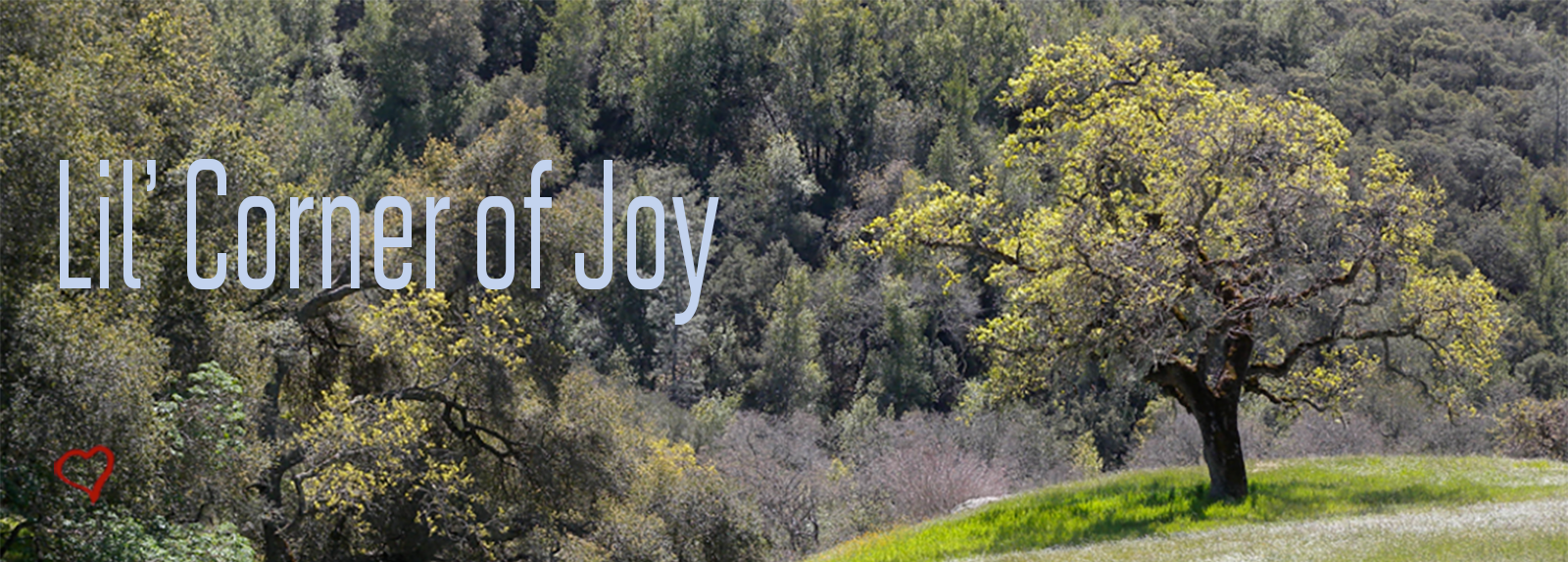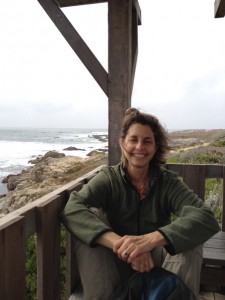These days, it seems we are like ants overwhelmed by an elephant perspective. We read the newspaper and shiver at the pessimistic prognostications, the harried and worried discussions, and the doomsday divinations that are taking place. (The Israeli newsletter dubbed the results of the elections a “Trumpocalypse,” which I thought especially creative). But is our myrmecological perspective of the elephant in the room something we can trust? Is it the truth?
There is a Buddhist story about five blind men who encounter an elephant. One touches the side of the elephant and calls out: “This elephant is like a wall!” Another touches the leg and says: “It’s like a pillar!” A third handles the ear and remarks: “An elephant is like a fan!” A fourth holds onto the tail and insists, “An elephant is like a rope!” And the last holds onto the trunk and contradicts all the rest, “It’s like a tree branch!” Of course they are all right, and yet an elephant is greater, more complex and interesting than any of these parts.
In order to see the elephant, we need to move back enough so our eyes (or touch) can encompass the whole of it. And in fact, even then it would not be enough. An elephant is so much more than its shape. It is the historic path it takes in the jungle, its knowledge of water holes, its place within the biotic community, the food it prefers, its history of being hunted, the parasites which live on it, its bathing habits, and the list could go on and on. Why then do we think we have the perfect perspective of this so-called elephant (or Trumpocalypse, if you prefer to insist on that version) when we’re barely holding onto even one little toe?
What we need is the perspective of the giraffe.
In his wonderful collection of poems and stories, The Sixteenth Ram, Yehonatan Geffen writes (translation, and pronouns, mine):
The giraffe has a tall neck
She can see a bus before it leaves the station
And the sun before it rises
Everything we see, the giraffe sees before us
She has a kind of expression on her face:
How lovely it is to be a tall animal
The giraffe has a tall neck
She sees clouds at the end of the world
And announces
Friends, in two months it will rain here
From the height of a giraffe we all seem small
And our greatest problems
Are mere dots for the giraffe.
Living from the perspective atop the tall neck of the giraffe does not mean that we are blind to the future. We stay vigilant. We see trends (the bus) before they become established (it leaves the station). We see trouble (the rain) by recognizing the clouds at the end of the world. We prepare, and we still fight for what we believe in, but we do it by having the perspective, the ability to recognize that most of our worries and anxieties and predictions are mere dots (most might even be mere shadows) on the map of life.
At this moment in time we are all of us blind men and women hanging on to various parts of an elephant, insisting that our vision of it is the right one. What we need are tools with which to feel effective, ways to increase our feeling of safety and confidence in the world. But how can that be done? The troubles we see coming — global warming, political unrest, religious extremism, and more — seem insurmountable. How can one blind person (in my case, a very near-sighted contact-wearing short woman) succeed in overcoming so much?
Fortunately, we don’t have to overcome all of it alone. As an exercise, I typed in the search “non-profit organizations in Palo Alto” on the web. The results: 799,000 hits. “Social justice organizations in California” generates 2.3 million hits. “Environmental organizations in the world” generates 142 million hits. To me, the results of my experiment are clear: there are many of us here who want to see a change for good. There are many of us who care about the world and all the beings and creations in it.
A month ago, I attended a women’s retreat at Spirit Rock led by Joanna Macy and several other wonderful women teachers. There were a hundred of us at the retreat, women of many sizes, shapes, and ages, but we all had one thing in common: we came to the retreat because we care about the earth. There was an older woman, ferocious looking despite her white hair and short stature, who told us she marches for gay rights. Another woman, curly-haired and grey said she holds signs in front of the police station to protest mass incarceration. A third, tall and regal-looking, worked with women kidnapped and sold to sex slavery in Africa. A fourth was concerned with the stress women live with in the Bay Area. Me? I was there because my heart beats for the natural world. All of us there cared about the environment, diversity, safety, freedom. We cared about the survival of the human race alongside the survival of all other species. We didn’t insist on any one part of the elephant. Instead, we put together all of our little dots to make a spacious and accepting mosaic of life.
It was, I confess, a frightening, overwhelming, and yet hopeful picture. And still it is not the complete picture. Still there are farther perspectives from which our life here on earth at this time can be seen. We, as a moment in history, will probably never know these perspectives, but we can know now that there are many people who care, who work tirelessly to make things better each in their own little piece of the mosaic. This knowledge, that we are not alone in our efforts, can give us the freedom to act. All we need do as an individual is choose a piece of the mosaic that speaks to us and participate in this one meaningful and manageable way.
At the end of the retreat, we all took Joanna Macy’s Vows for Active Hope:
I vow to myself and each of you
To commit myself daily to the healing of our world and the welfare of all beings.
I vow to myself and each of you
To live on Earth more lightly and less violently in the food, products and energy I consume.
I vow to myself and each of you
To draw strength and guidance from the living Earth, the ancestors, the future beings, and my brothers and sisters of all species.
I vow to myself and each of you
To support each other in our work for the world and to ask for help when I feel the need.
I vow to myself and each of you
To pursue a daily practice that clarifies my mind, strengthens my heart and supports me in observing these vows.
We live, as the Chinese blessing goes, in interesting times. We don’t know what will happen, what the future holds. But as Joanna Macy said at the retreat, not knowing allows us to be creative, to have hope, to think of new solutions and possibilities. It allows us to avoid repeating history and instead to soar to new places. It allows us to use Hillary’s election slogan in a way which she may or may not have meant, because truly, in this way, with each of us a part of the mosaic of hope and love, we are stronger together.
In order to be present to the sorrows and difficulties of our world, Joanna says we must first develop love and gratitude for it. As a start, here is the song by Jennifer Berezan, “Praises for the World.”


 We have a saying in Israel: “The shoemaker goes barefoot.” As a child, I found this saying curious. Why, I wondered, does the shoemaker go barefoot? Does he (let’s assume for a moment he is a man) have no time to make himself shoes? Or perhaps not enough materials? Or is he so poor that he cannot afford to have even the barest pair of shoes? I imagined the shoemaker in his dark den, bent over chicken-skin shoes with cardboard soles, his feet bare and curled beneath him. He could never leave his den — I knew this with certainty — because where would he go without shoes?
We have a saying in Israel: “The shoemaker goes barefoot.” As a child, I found this saying curious. Why, I wondered, does the shoemaker go barefoot? Does he (let’s assume for a moment he is a man) have no time to make himself shoes? Or perhaps not enough materials? Or is he so poor that he cannot afford to have even the barest pair of shoes? I imagined the shoemaker in his dark den, bent over chicken-skin shoes with cardboard soles, his feet bare and curled beneath him. He could never leave his den — I knew this with certainty — because where would he go without shoes?